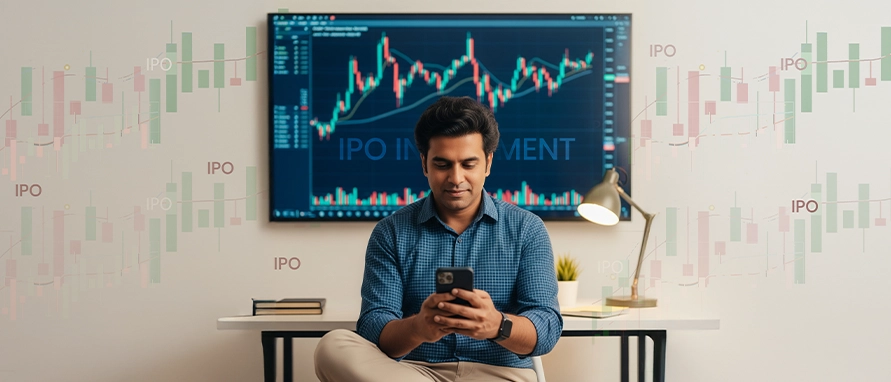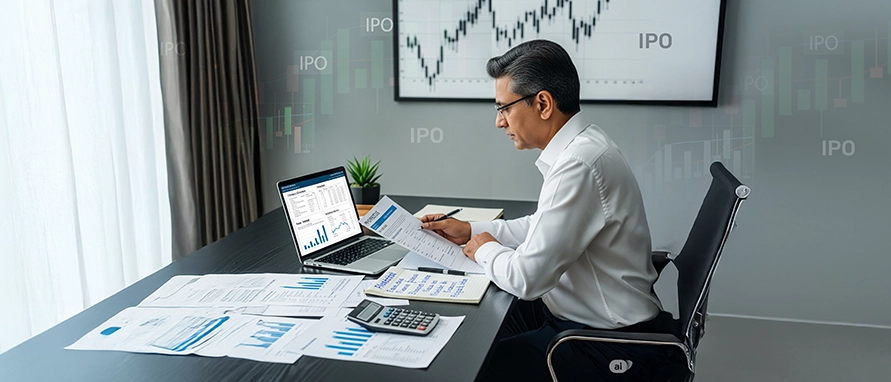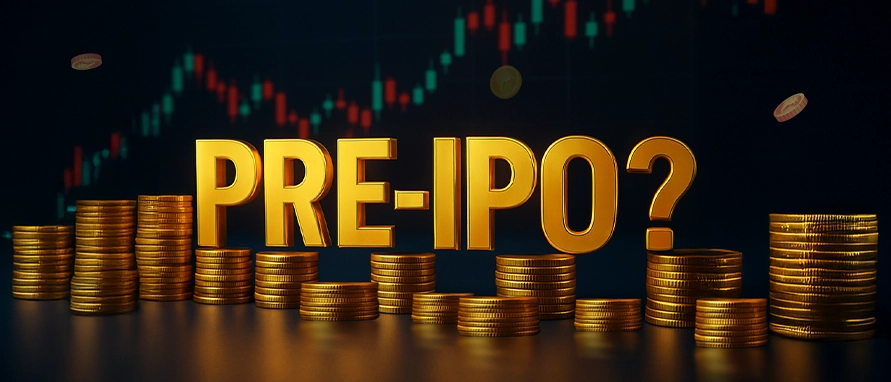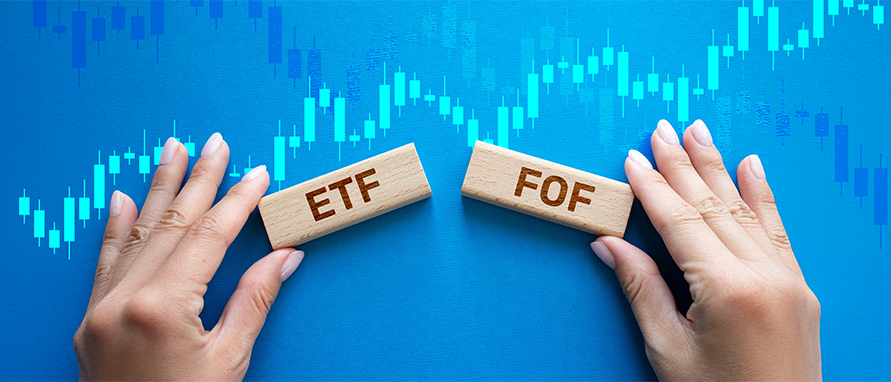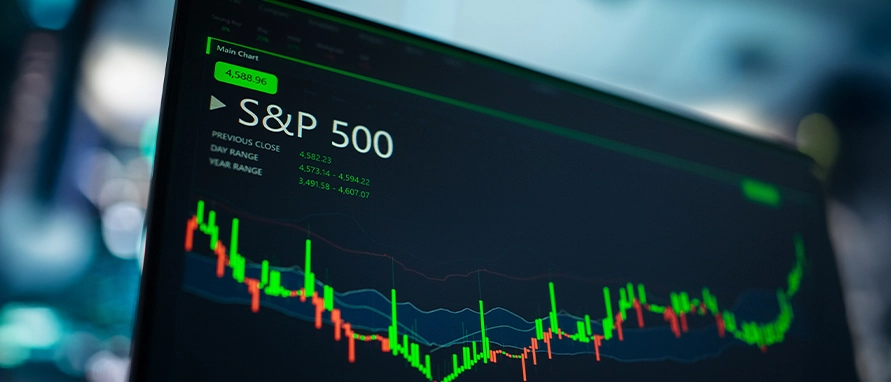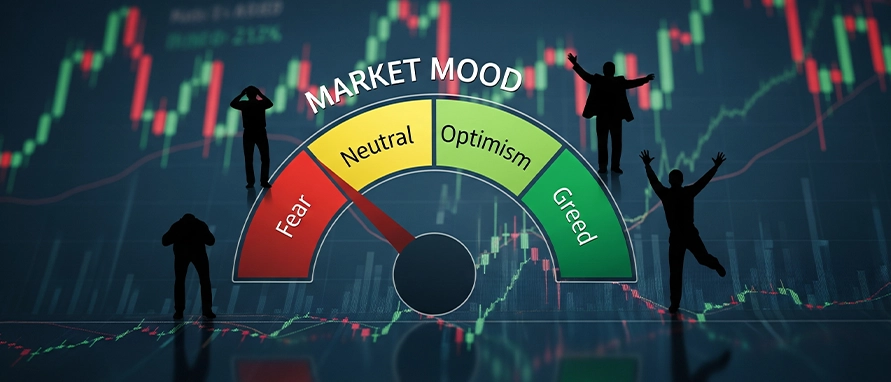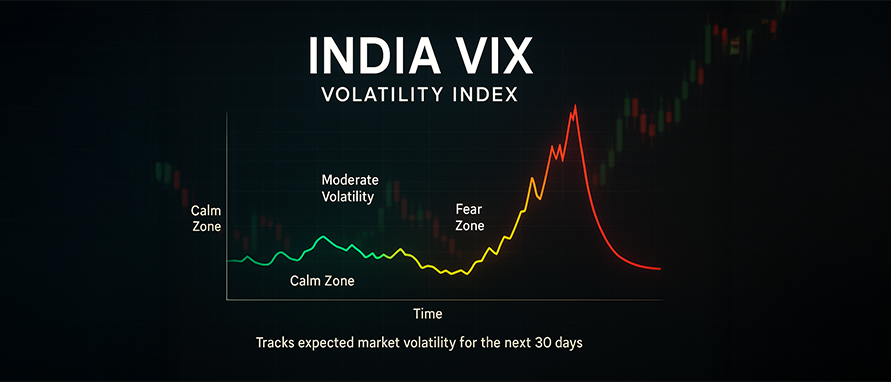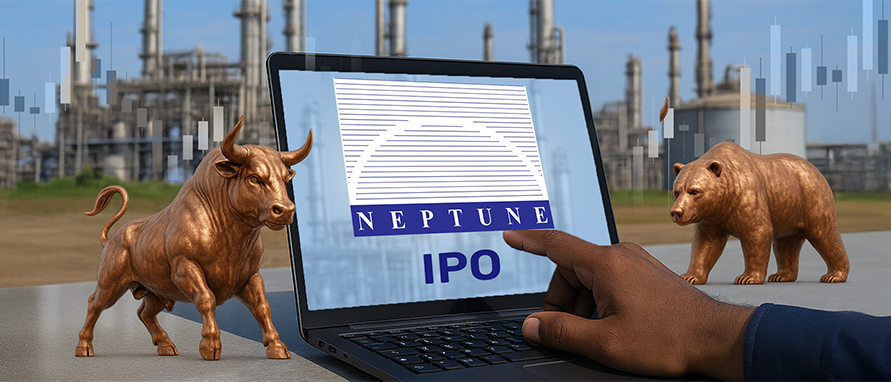Impact of Mergers and Acquisitions on Stock Prices Explained
Mergers and acquisitions (M&A) drive growth and affect stock prices. This article explores how M&A events influence stock prices, key factors, and real-world examples.
What Are Mergers and Acquisitions
Mergers and acquisitions (M&A) involve companies consolidating, either by merging or through one company purchasing another, typically to increase market share, enter new markets, or improve efficiencies.
Types of Mergers and Acquisitions
Horizontal Mergers: When two companies in the same industry combine to increase their market share.
Vertical Mergers: When a company acquires a supplier or distributor to control more of its supply chain.
Conglomerate Mergers: When companies from different industries merge to diversify their operations and reduce risks.
Why Companies Engage in M&A
M&As drive growth, diversification, and competitive advantage, helping companies streamline operations, reduce competition, and access new markets or technologies.
How Mergers and Acquisitions Affect Stock Prices
M&A events usually have significant effects on both the acquiring and target companies' stock prices. Let’s explore how they influence stock prices in various scenarios.
Impact on Target Company
In an acquisition, the target company’s stock price rises due to the premium offered by the acquirer, as investors expect the deal to go through.
Impact on Acquiring Company
Conversely, the acquiring company’s stock may drop if the market perceives the acquisition as risky or overpriced, especially if substantial debt is involved.
Market Perception and Speculation
M&A announcements often trigger market speculation, with stock prices reacting more to sentiment than the actual financial or strategic value of the deal.
Key Factors Influencing Stock Price Changes During M&A
Several factors play a role in determining how stock prices react to mergers and acquisitions. These factors can either positively or negatively influence the price movements.
Premium Paid
The premium paid by the acquirer to the target’s shareholders greatly influences the target’s stock price. A high premium is usually seen positively, reflecting the acquirer’s valuation. However, the acquirer’s stock may decline if the market perceives the premium as excessive.
Deal Structure
The deal structure—whether all-cash, stock-for-stock, or a combination—affects stock prices. An all-cash deal is seen as less risky, often boosting the target’s stock, while a stock swap can introduce more volatility and uncertainty.
Regulatory Approvals
Regulatory scrutiny, such as antitrust concerns, can affect stock prices by delaying or blocking a merger. If investors doubt the deal’s completion, it can lead to a negative impact on stock prices.
Market Conditions
Market conditions, whether bullish or bearish, influence M&A stock price impacts. In a bullish market, positive M&A news can drive prices up, while in a bearish market, even a good merger might not receive a favourable response.
Positive and Negative Effects of M&As on Stock Prices
M&A events can have both positive and negative impacts on the stock prices of the companies involved. Here’s how:
Positive Effects
Increased Market Share: The merger or acquisition can create a larger entity with greater market share, which may lead to higher revenues and profits.
Synergies: Companies often merge to benefit from synergies, such as cost reductions, improved efficiencies, or access to new markets, which can positively affect stock prices.
Investor Confidence: If the market views the deal as strategically sound, it can boost investor confidence, driving the stock prices higher.
Improved Competitive Position : Helps companies outperform rivals and gain a strategic edge in the industry.
Diversification of Products/Markets : Expands the company’s product line or geographic reach, reducing business risk.
Economies of Scale : Larger operations can lead to lower per-unit costs, improving profit margins.
Negative Effects
Integration Risks: M&As often involve significant risks, such as the challenge of integrating operations, cultures, and systems.
Overpayment: If the acquirer overpays for the target company, it can lead to negative stock price reactions, as investors fear that the acquisition will not generate the expected returns.
- Debt and Financial Strain: Companies often take on debt to finance acquisitions, which can put pressure on their stock prices, especially if the market is concerned about their ability to repay the debt.
Real-World Examples of M&A Impact on Stock Prices
Example 1: Disney and 21st Century Fox Merger
In 2019, Disney acquired 21st Century Fox for $71 billion. Although Disney's stock initially fell due to the high premium and integration challenges, it rebounded as the merger boosted content and global reach, creating long-term value.
Example 2: Vodafone and Mannesmann Merger
In 2000, Vodafone acquired Mannesmann for $180 billion, creating a global telecom leader. Initially, Vodafone's stock fell due to concerns over the high price, but it later rebounded as the merger's benefits became evident.
Conclusion
Mergers and acquisitions often drive the target company's stock price up due to the acquisition premium, while the acquirer's stock may drop temporarily due to concerns over costs or risks. Understanding these factors helps investors make informed decisions.
Disclaimer
This content is for informational purposes only and the same should not be construed as investment advice. Bajaj Finserv Direct Limited shall not be liable or responsible for any investment decision that you may take based on this content.
FAQs
What is the impact of mergers on stock prices?
Target company stock often rises due to the acquisition premium, though this is not guaranteed and depends on market perception and deal structure.
Why do stock prices of the target company rise after an acquisition?
Target stock rises as the acquirer offers a premium to acquire shares.
How do market conditions influence stock prices during M&A events?
Positive market sentiment boosts stock prices, while negative sentiment may cause declines even in successful mergers.
What factors affect stock prices in an M&A deal?
Factors include the premium, deal structure, regulatory approvals, and market conditions.
Can mergers and acquisitions lead to long-term growth for the companies involved?
If successful, M&As can drive long-term growth through market share, synergies, and new resources.


